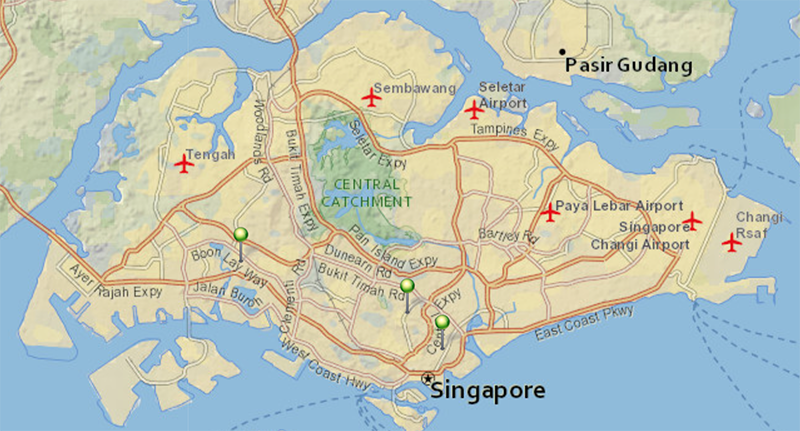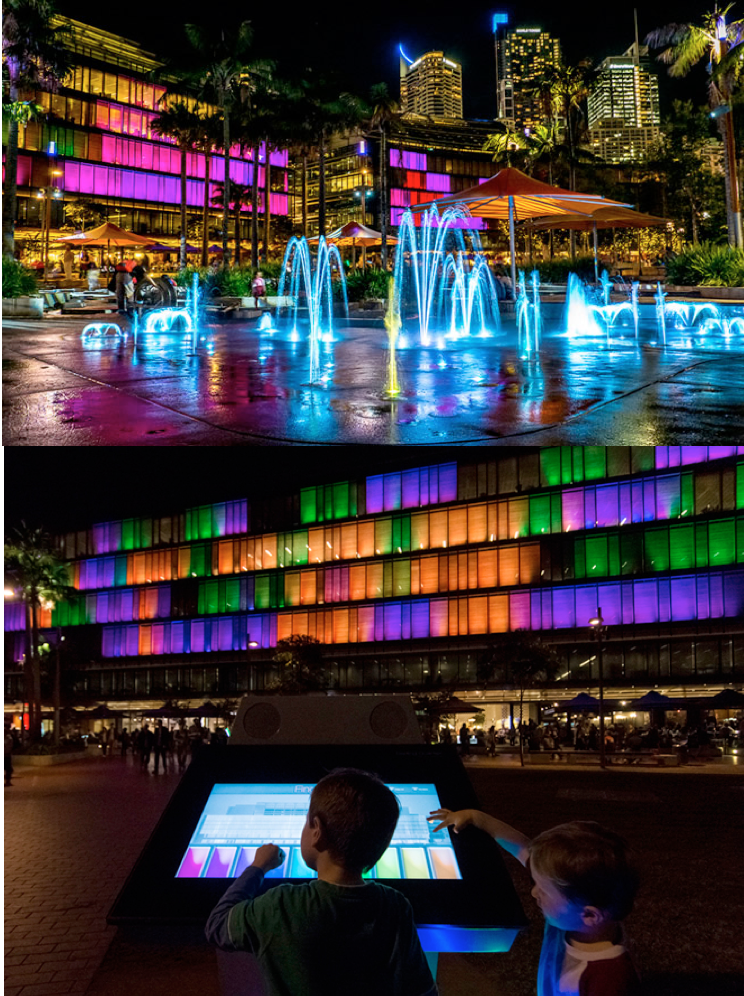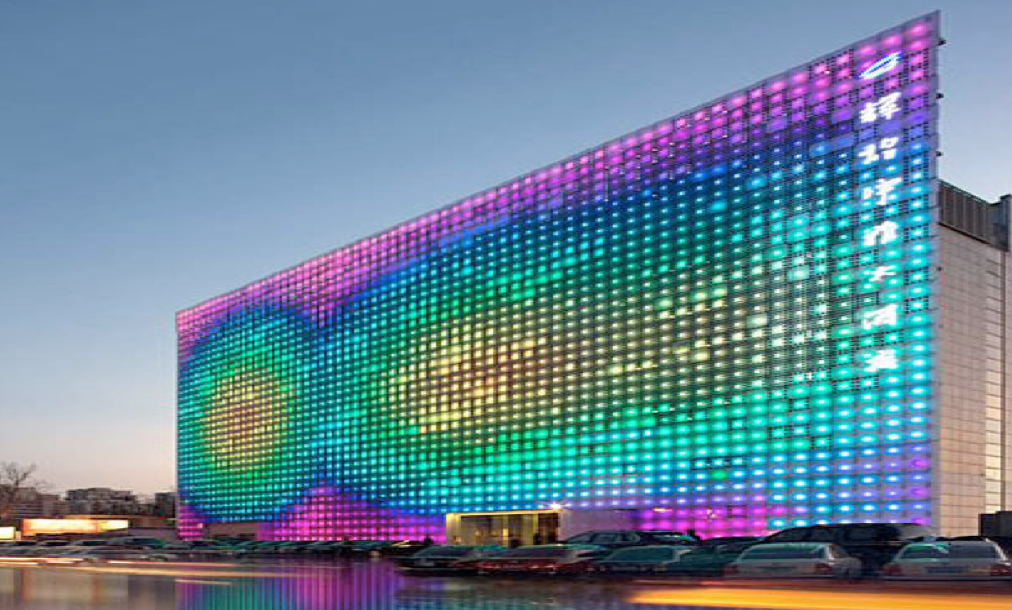LED Walls

Introduction
Light emitting diodes (LEDs) are semiconductor devices that produce visible light when an electrical current passed through them. LEDs are a solid-state lighting source increasingly being used in display backlighting, communications, medical services, signage, and general illumination1,2,3,4,5,6. LEDs offer design flexibility, from zero-dimensional lighting (dot-scale lighting) to three-dimensional lighting (colour dimming using combinations of colours), with one-dimensional lighting (line-scale lighting) and two-dimensional lighting (local dimming, i.e., area-scale lighting) in between7.
LEDs have small exterior outline dimensions, often less than 10 mm. LEDs, when designed properly, offer high energy efficiency that results in lower power consumption (energy savings) with low voltage (generally less than 4 volts) and low current operation (usually less than 700 mA). LEDs can have longer life—up to 50,000 h—with better thermal management than conventional lighting sources (e.g., fluorescent lamps and incandescent lamps). LEDs provide high performance, such as ultra-high-speed response time (microsecond- level on–off switching), a wider range of controllable colour temperatures (4500 K–12,000 K), a wider operating temperature range (20°C to 85°C), and no low-temperature startup problems7. For this reason, LED lighting is able to use light and energy more efficiently in many applications. However, it also means that sophisticated engineering is needed to produce a LED light bulb that shines light all around like an incandescent A-shape bulb9.
Contemporary buildings are getting stylish and have LED media walls that complement with the buildings and their surroundings. Media façades are layers of individually controllable lights, attached to, or even woven into the exterior surface of a building to function as a dynamic palette for text, graphics and video animations12. Interactive media walls are highly customizable multi-sensory platforms providing education, entertainment and an unforgettable branding experience to every user. Travellers are initially captured by the scale of the wall display; once engaged, they are prompted to explore the wall using multi-touch technology that allows for a limitless number of people to “play” over the course of the installation10. LED media walls are most suitable for all forms of advertising in event places such as concert, stadiums, shopping malls, retail shops, fashion shows, etc. LED walls are intensely bright and do not lose their brilliance in daylight, against strong lights and penetrates through smoke11.

Source: Traxon Technologies, 2016
In a variety of sizes, media walls are stunning standout features that can be used for many purposes and are flawless in communicating to large audiences in an engaging way. One of the boldest audio visual solutions available, media walls have earned a great reputation across a range of industries, from retail to educational establishments. With advancement in LED technology, media façades of all shapes and sizes have been popping up in major cities around the globe in the last decade. Looking to showcase events and attract customers, businesses are jumping on the digital illumination bandwagon to rejuvenate neighbourhoods and enliven city centres worldwide8.

Source: Cousineau, 2016
Shown below are two examples of interactive LED media walls in Australia and China. The Luminous is the world’s largest permanent interactive light installation (see Figure 2), spread across four stories of two 14 meters high buildings. The facades’ two low-resolution screens span a distance of 150 meters, powered by 100 per cent renewable energy generated by solar panels that are fixed to the roof. This interactive light display illustrates the role of media walls in rejuvenating a neighbourhood and bringing people together8.
GreenPix in Beijing, China is the first photovoltaic system that is integrated into a glass curtain wall, making it as the first zero energy media wall and the largest color LED display in the world measuring 20,000 square feet (2,000m2) with over 2,000 LED lights (see Figure 3). Harvesting solar energy by day and using it to illuminate the screen at night with site-specific video-art installations, this colossal media wall is embedded with intelligent software8.

Source: Cousineau, 2016